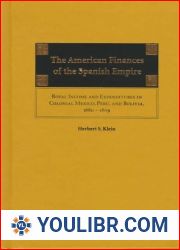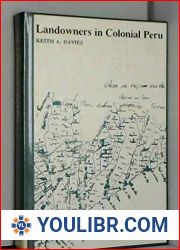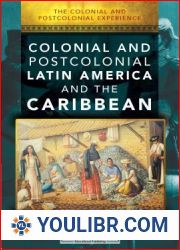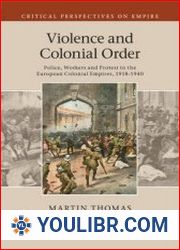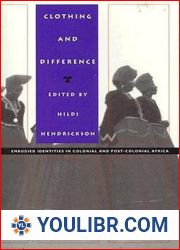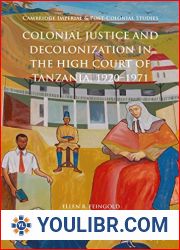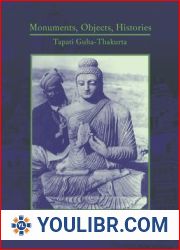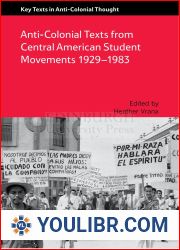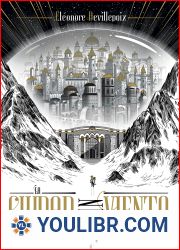
BOOKS - Sin and Confession in Colonial Peru: Spanish-Quechua Penitential Texts, 1560-...


US $6.69

394996

394996
Sin and Confession in Colonial Peru: Spanish-Quechua Penitential Texts, 1560-1650 (Joe R. and Teresa Lozano Long Series in Latin American and Latino Art and Culture)
Author: Regina Harrison
Year: June 1, 2014
Format: PDF
File size: PDF 7.0 MB
Language: English
Year: June 1, 2014
Format: PDF
File size: PDF 7.0 MB
Language: English
A central tenet of Catholic religious practice, confession relies upon the use of language between the penitent and his or her confessor. In the sixteenth and seventeenth centuries, as Spain colonized the Quechua-speaking Andean world, the communication of religious beliefs and practices - especially the practice of confession - to the native population became a primary concern, and as a result, expansive bodies of Spanish ecclesiastic literature were translated into Quechua. In this fascinating study of the semantic changes evident in translations of Catholic catechisms, sermons, and manuals, Regina Harrison demonstrates how the translated texts often retained traces of ancient Andean modes of thought, despite the didactic lessons they contained. In Sin and Confession in Colonial Peru , Harrison draws directly from confession manuals to demonstrate how sin was newly defined in Quechua lexemes, how the role of women was circumscribed to fit Old World patterns, and how new monetized perspectives on labor and trade were taught to the subjugated indigenous peoples of the Andes by means of the Ten Commandments. Although outwardly confession appears to be an instrument of oppression, the reformer Bartolome de Las Casas influenced priests working in the Andes; through their agency, confessional practice ultimately became a political weapon to compel Spanish restitution of Incan lands and wealth. Bringing together an unprecedented study (and translation) of Quechua religious texts with an expansive history of Andean and Spanish transculturation, Harrison uses the lens of confession to understand the vast and telling ways in which language changed at the intersection of culture and religion.










